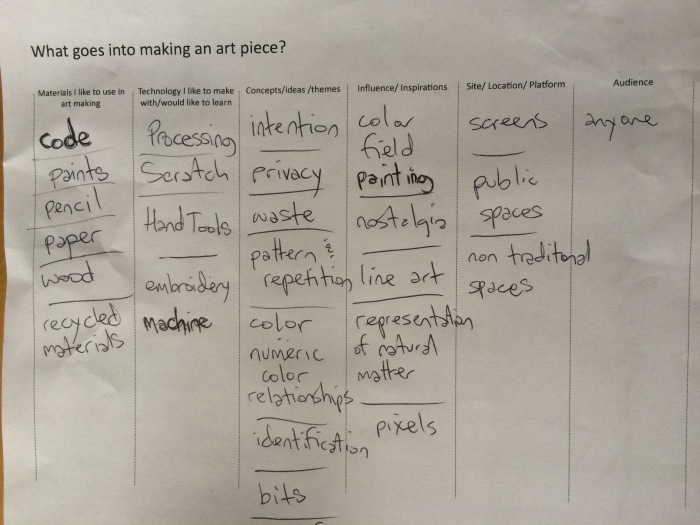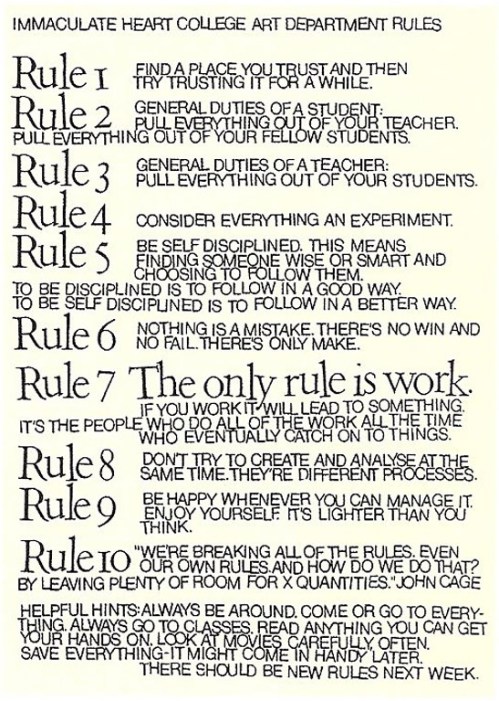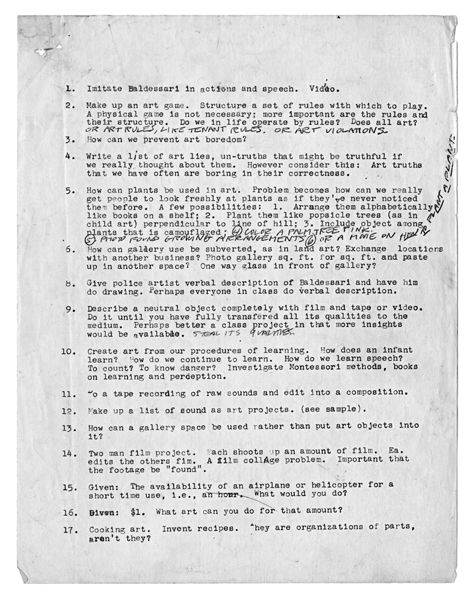Our task this week was to begin brainstorming ideas for our final project in Studio in Creative Technologies. Documenting the process here.
 My final brainstorm mindmap on 6” x 36” piece of balsa wood.
My final brainstorm mindmap on 6” x 36” piece of balsa wood.
We began with a visual organizer titled “What goes into making an art piece?” with 7 columns designed to help us stratify the components of a new project into categories. It’s a great little machine for quickly identifying your interests and abilities before even having to think about the big idea behind a new piece of work. I was able to jot down potential materials, technologies, concepts, inspirations, and platforms before making my mindmap, which has a more narrow focus.
 What goes into making an art piece?
What goes into making an art piece?
After studying what I had written down more thoughtfully, I found that I was most interested in bits as a concept for my final project. I grabbed a scrap piece of balsa in the Thingspace studio and put “bits” at the center. I spread out from there with a few directions that bits could be explored from. One idea is to investigate how bits are used to represent natural objects (or “real stuff”) and then again how natural objects like paint, clay, post-its, etc are now often used to re-represent bit-forms. How has this trend evolved? Was it instant? Are there any other examples of this phenomenon of cyclical re-representation with other mediums?
Mindmap as tryptic. Click to zoom.
A second potential area of exploration is to investigate the tradeoffs of digital conveniences. Bits and their associated technologies give many new affordances and luxuries not yet fully evaluated by consumers for their potential health/safety detriment or waste creation. In the same way that food science and plastic packaging maximized food’s shelf life and expanded caloric volume prevent spoiling, they have also contributed to increased landfill packaging waste and human health problems such as obesity and adult-onset diabetes. What are consequences of having so many identifying bits out there about us?
A third area of exploration are bits and color. I’m very interested in color theory right now. Both additive and subtractive. It’s very intriguing to me how people seem to often appreciate good color pairings “when they see them”, yet only gifted and well-trained artists and designers have the ability to skillfully create such beautiful color pairs regularly. Like me, most of us can recognize it and feel it, but not easily make it. I wonder how the additive (RGB) color relationships are expressed by mathematicians and computer models, and how bits represent colors. How easily do computers generate color pairings that humans appreciate, and how can the mathematical expression of that relationship help us all better understand color?




